It’s a sight you’ve undoubtedly seen before: a tangled mess of wires from many devices all hooked into a single wall socket. It’s an ugly sight to behold. As a result of this technique, fires and electrical shocks might occur.
However, you may not realise this. We’ll go through the problems of plugging in many devices to a single outlet, as well as various ways to avoid them, in this post.
Overloading a circuit occurs when several devices are connected to a single outlet. As a result of this, the wires may overheat and spark a fire.
Your equipment might be damaged or even shock you if a fire doesn’t ignite as a result of the electricity flowing through them. There is no good reason to go through it.

How much power does a single outlet provide?
A single outlet typically provides around 15 amps of power. This is enough to power most small appliances, but if you are plugging in multiple devices, it can quickly add up. If your devices are drawing more than 15 amps, you run the risk of overloading the circuit and causing a fire.
Older homes may only have outlets that produce 12 amps of power. When many devices are plugged into the same outlet, it’s necessary to check the wattage rating of each outlet.
To avoid overloading your outlets, it’s better to err on the side of caution. A trained electrician should be consulted if you are unclear of how much power your gadgets are consuming, or if you do not have enough outlets to handle them. When it comes to making sure that your home is safe from electrical threats, they can assist you.
How many devices can you plug into one outlet?
A standard rule of thumb is that you can plug in two to three devices at a time into a single socket. To begin with, there are a few things you need to think about before adopting this rule.
The most important factor is the amperage of the circuit breaker. Circuit breakers rated at 15 or 20 amps protect the majority of your home’s outlets. This shows that each outlet can handle up to 15 or 20 amps of electricity before it trips the breaker and shuts off the outlet’s power.
The wattage of the gadgets that you are plugging in is the second item that you need to take into consideration. The amount of power that a gadget consumes may be measured in watts, and this information is typically shown on the product label of home appliances.
If you connect a laptop computer that uses 60 watts into the same outlet as two light bulbs that each use 100 watts, the total amount of power drawn from that outlet is 260 watts. Because this is far within the limitations of a circuit breaker rated for 15 or 20 amps, it is safe to carry out.
However, if you are getting close to the maximum capacity of your circuit breaker, it is a good idea to distribute your electronic gadgets among a number of different outlets.

What Happens When An Electrical Outlet Is Overloads?
You may notice a variety of symptoms when an outlet is overloaded. The first thing that will happen is that your breaker will shut off. To prevent your home from overheating and causing a fire, the breaker is created. In older homes, you may not have a breaker and instead your fuse may blow.
Your appliances not working is another sign of an overloaded outlet. As a result, they aren’t able to perform at their best. When an outlet is overloaded, your lights may also flicker or fade.
An overloaded outlet can catch fire under rare circumstances. Faulty wiring or excessive appliance use are the most common causes of this problem. Unplug everything and notify the fire department right away if you notice any sparks or smoke coming from an outlet.
It is imperative that an overloaded outlet be repaired as soon as possible. If you’re having issues with your outlets, it’s time to bring in a professional electrician. They are capable of resolving the issue and ensuring the security of your residence.
Alternatives To Avoid Overloading An Electrical Outlet
To ensure that your home is safe, I can address the problem. Using a power strip with circuit protection might help you avoid overloading an electrical socket. As a result, overloaded circuits may be avoided, and your electronics are kept safe.
Plugging in just one appliance or electronic item at a time is another strategy to keep an outlet from becoming clogged. When plugging in several devices, be sure to use different outlets.
You may also use surge-protected extension cables and power strips. Your gadgets will be shielded from any unexpected surges in electricity that might cause them to malfunction.
Your electrical panel may need to be upgraded if you are still experiencing issues. Because you’ll be working with live electricity, you should always seek the advice of an expert.

Can You Overload A Surge Protector?
A surge protector can be overloaded, yes. As long as you understand how they function, you can utilise them effectively.
Protecting your devices against spikes in voltage is the purpose of surge protectors. These surges can harm or malfunction your gadgets. Surge protectors deflect the surge’s excess energy away from your equipment by absorbing it.
In addition, surge protectors can only withstand a certain amount of power before they get damaged itself. That’s why overloading a surge protector with too many gadgets is a bad idea. If you must connect more than one item at a time, use various outlets or surge protectors to avoid overloading one outlet.
Conclusion
You should also seek a professional to make sure your home is safe from all electrical dangers. If you live in an area prone to power surges, it is a good idea to invest in a whole-house surge protector. This device is installed directly into your home’s electrical panel and provides protection for all of the electronics in your home.










